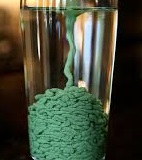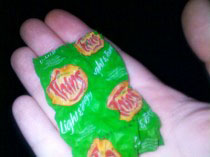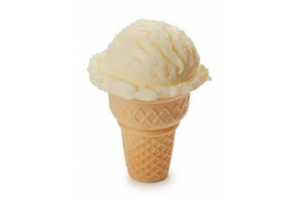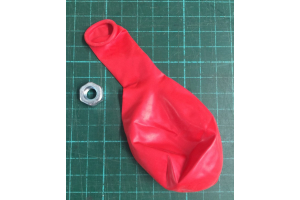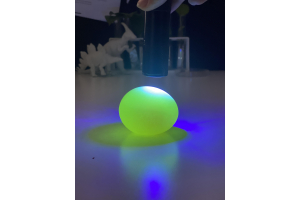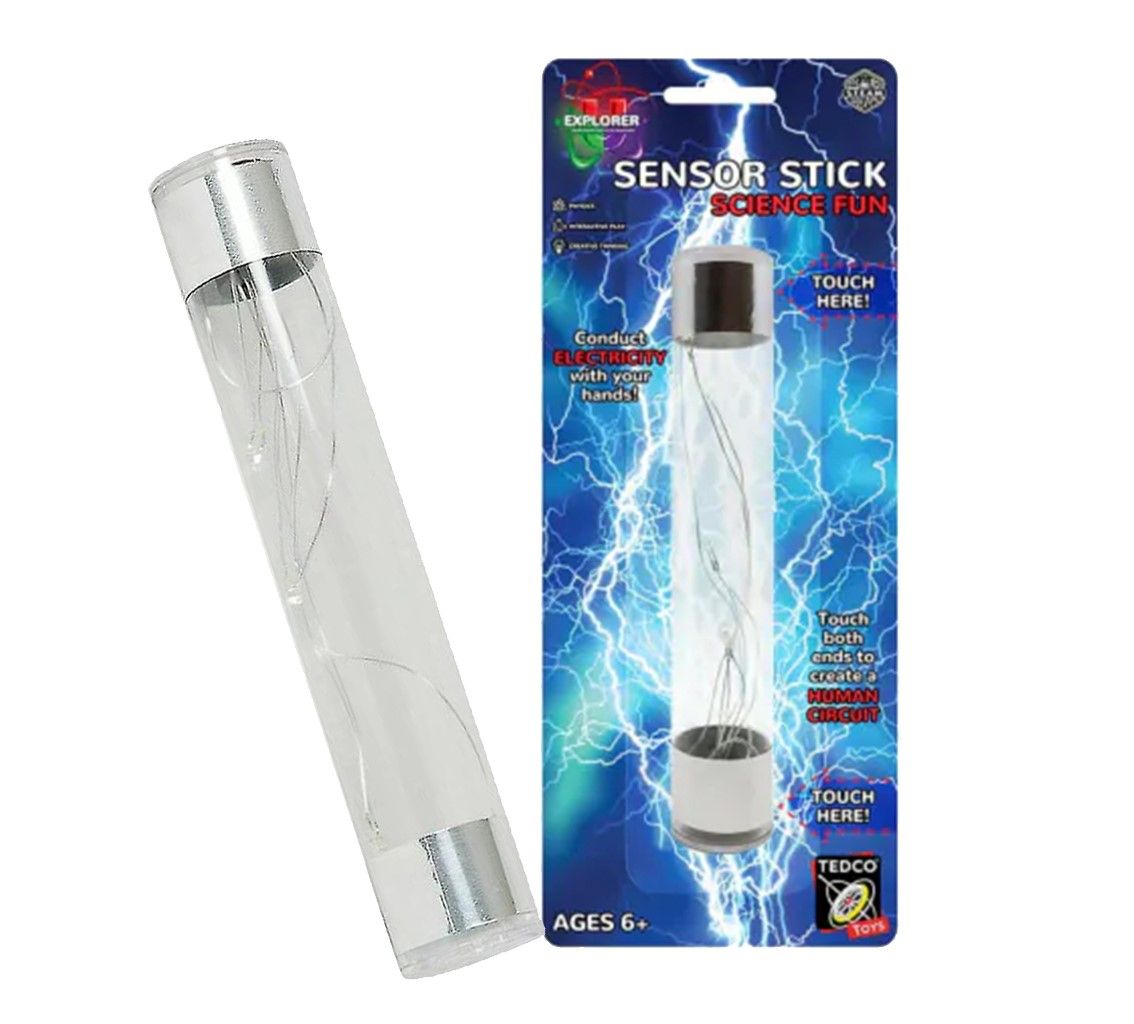Monthly Archives: July 2017
-
Posted: July 26, 2017Categories: ChemistryRead more »
Play with magic sand that never gets wet!
Why play with ordinary sand when you can make hydrophobic sand that is literally scared of water?
Suitable for kids aged 5+Two ingredients = Too easy!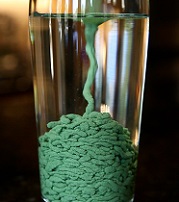 You Need:
You Need:- Regular or coloured sand
- Waterproofing Spray (eg. Scotchgard or other fabric protector)
- Baking Tray
What to do:- Spread the sand evenly on the baking tray.
- Spray the sand with the fabric protector.
- Mix
-
Posted: July 26, 2017Categories: ChemistryRead more »
Get Totally Messy With Gooey, Magnetic SLIME!
Why make simple slime when you can make super gooey and magnetic slime??
Suitable for kids aged 5+You just need three main ingredients for this slime - too easy!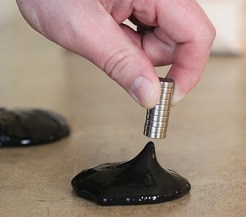 You Need:
You Need:- PVA Glue (Elmers glue works best)
- Liquid starch (Borax Solution could also be used)
- Iron Filings or Iron Oxide powder
- Mixing Bowl and Spoon
- Magnets
- Disposable gloves
What to do:- Pour
-
Posted: July 26, 2017Categories: ChemistryRead more »
Use borax solution to easily grow a delicate crystal snowflake
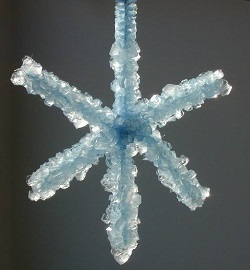
Grow a crystal snowflake as a pretty Christmas decoration... A great hands-on chemistry project for the festive season.
Suitable for kids aged 4+You Need:- A Wide Mouth Jar
- Pipe Cleaner (white, silver or blue are good choices)
- Borax (available from the supermarket laundry aisle)
- Boiling Water
- Tablespoon
- String
- Scissors
- Pencil
- Food Colouring (optional)
What to do:- Using scissors, cut a pipe cleaner into three equal sections.
- Twist the pipe cleaner sections together
-
Posted: July 26, 2017Categories: ChemistryRead more »
Milk Plastic
Make plastic from milk easily using vinegar. Then mould your milk plastic into fun shapes!
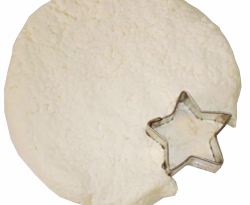 Suitable for kids aged 6+ with parental supervisionCAUTIONThis activity involves heating milk in a microwave or on a stove top, and requires adult supervision.You Need:
Suitable for kids aged 6+ with parental supervisionCAUTIONThis activity involves heating milk in a microwave or on a stove top, and requires adult supervision.You Need:- One cup of milk
- 4 teaspoons of white vinegar
- A microwave safe bowl
- A strainer fine sieve or cloth
- Spoon
- Microwave oven
What to do:- With an adults help, heat the milk in a microwave for a minute or so. It needs to be hot, but not boiling. If you have a liquid thermometer, a good temperature
-
Posted: July 26, 2017Categories: ChemistryRead more »
Chip Bag Shrinkies
Shrink your chip bags to less than half their size, then use them as a bookmark or keychain. Polymer chemistry fun!
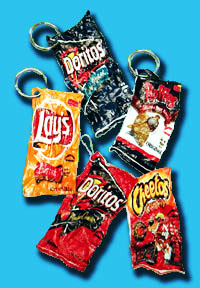 Suitable for kids aged 10+ with parental supervisionCAUTIONThis activity strictly requires supervision by an adult. It involves the use of a hot oven and handling hot plastic. Ensure that the room is well ventilated, so all fumes given off by the heated plastic chip bag dissipate as quickly as possible.You Need:
Suitable for kids aged 10+ with parental supervisionCAUTIONThis activity strictly requires supervision by an adult. It involves the use of a hot oven and handling hot plastic. Ensure that the room is well ventilated, so all fumes given off by the heated plastic chip bag dissipate as quickly as possible.You Need:- Empty bag of chips (plastic outside, aluminium inside)
- Baking tray x 2 (or oven proof plates)
- Sheets of baking paper x 2 (bigger than the chip bag)
- Towel
- Oven mitts
- Oven
-
Posted: July 26, 2017Categories: ChemistryRead more »
This COOL chemical reaction spews froth and foam everywhere. Just like a gigantic tube of toothpaste fit for an elephant.
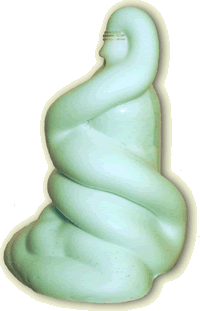 Suitable for kids aged 5+ with parental supervision.You Need:
Suitable for kids aged 5+ with parental supervision.You Need:- An empty soft drink bottle (600mL size works best)
- cup of 6% hydrogen peroxide solution (purchased from a hairdresser/beauty supply store or chemist)
- Squirt of dishwashing liquid
- 4 drops of food colouring
- 1 teaspoon of dry bakers yeast dissolved in approximately 2 tablespoons of warm/hot water
- Funnel
- Safety goggles
- Lab smock (optional)
- Tray or foil cake tin to contain mess (optional)
NOTEThe best part of this -
Posted: July 26, 2017Categories: ChemistryRead more »
Glowing Water
Make water glow eerily under a black light using the fluorescent dye found in highlighters. Glowing water can create some exciting special effects when used in fountains, or use it to transfer glow to bubbles, ice and slime.
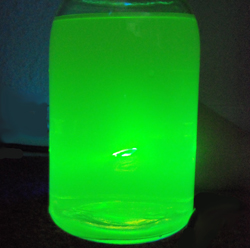 Suitable for kids aged 8 + with parental supervisionCAUTIONThis science activity involves the use of a sharp knife to cut open a highlighter pen and the ink-soaked felt inside the highlighter. This must only be done by an adult.You Need:
Suitable for kids aged 8 + with parental supervisionCAUTIONThis science activity involves the use of a sharp knife to cut open a highlighter pen and the ink-soaked felt inside the highlighter. This must only be done by an adult.You Need:- Yellow highlighter felt pen
- UV light, or black light
- Gloves
- Clear glass or container
- Water
What to do: -
Posted: July 26, 2017Categories: ChemistryRead more »
Chocolate leaves
Make some stunning chocolate leaves as a novel and delicious way to learn about the changing states of matter.
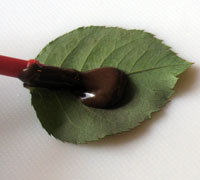 Suitable for kids aged 5+ with parental supervisionCAUTIONThis science activity involves the use of boiling water. Hot water must only be handled by an adult.You Need:
Suitable for kids aged 5+ with parental supervisionCAUTIONThis science activity involves the use of boiling water. Hot water must only be handled by an adult.You Need:- Metal or heat resistant bowl
- Saucepan
- Wooden spoon or similar
- Chocolate
- Large non-poisonous leaves (rose, ivy, mample or lemon leaves work well)
- Boiling water
- Clean paintbrush
What to do:- Wash the leaves and dry them gently, careful not to damage
-
Posted: July 26, 2017Categories: ChemistryRead more »
Make A Gelatin Disc
Best known for making jelly, gelatin is a fascinating substance that is used as a gelling agent not just in food, but in many other things. Heres how to make your very own gelatin product that can be used in further experiments or in some very cool artwork.
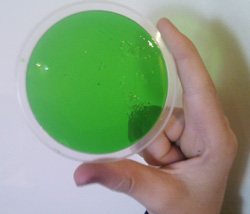 Suitable for kids aged 5 +CAUTION This experiment requires the use of a small amount of hot water. This should be handled with care under the supervision of an adult.You Need:
Suitable for kids aged 5 +CAUTION This experiment requires the use of a small amount of hot water. This should be handled with care under the supervision of an adult.You Need:- Small round mould (the underside of a jar lid works well)
- 3 x teaspoons of gelatin
- Cup or glass
- Spoon or icy pole stick
- Food dye
- 40mls of hot water
What -
Posted: July 26, 2017Categories: ChemistryRead more »
Gas Flame Detection
Detect Carbon Dioxide gas with a candle flame. Will the flame get smaller, bigger, snuff out, change colour? How the flame behaves tells you the type of invisible gas present.
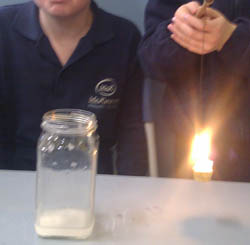 Suitable for kids aged 10+ with parental supervisionCAUTIONThis experiment requires use of an open candle flame. Please exercise caution, and only perform under adult supervision. It also requires the use of a knife to cut a candle. This task should only be undertaken by an adult.You Need:
Suitable for kids aged 10+ with parental supervisionCAUTIONThis experiment requires use of an open candle flame. Please exercise caution, and only perform under adult supervision. It also requires the use of a knife to cut a candle. This task should only be undertaken by an adult.You Need:- 2-3cm candle piece with wick (have an adult cut the piece using a knife from an ordinary household candle)
- Aluminium foil patty pan
- Piece of wire about 40cm in length
- Chop Stick or

